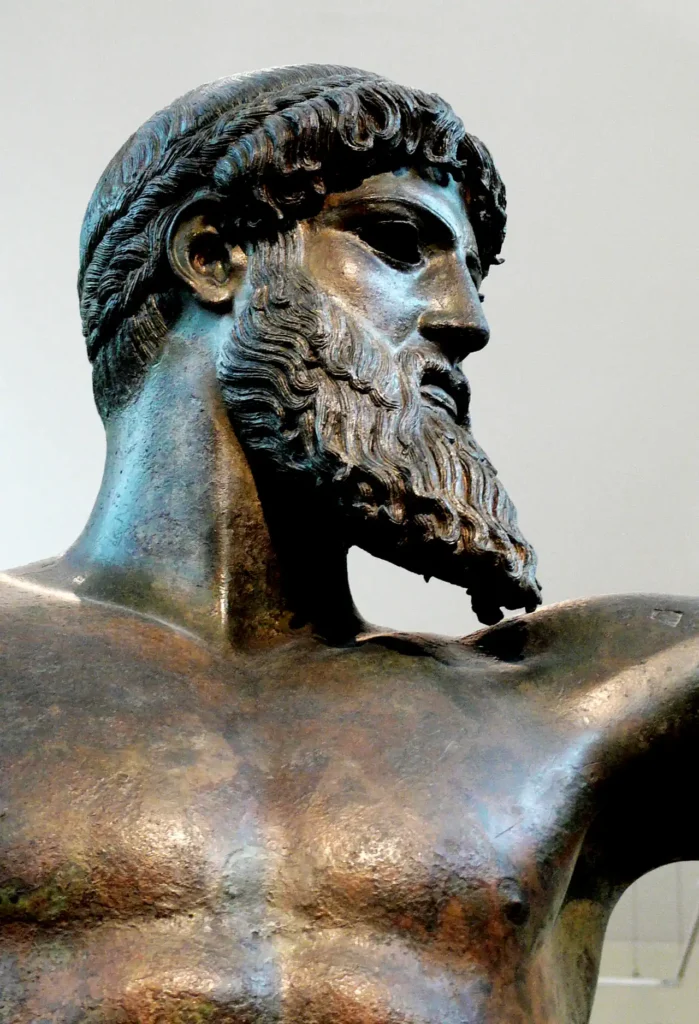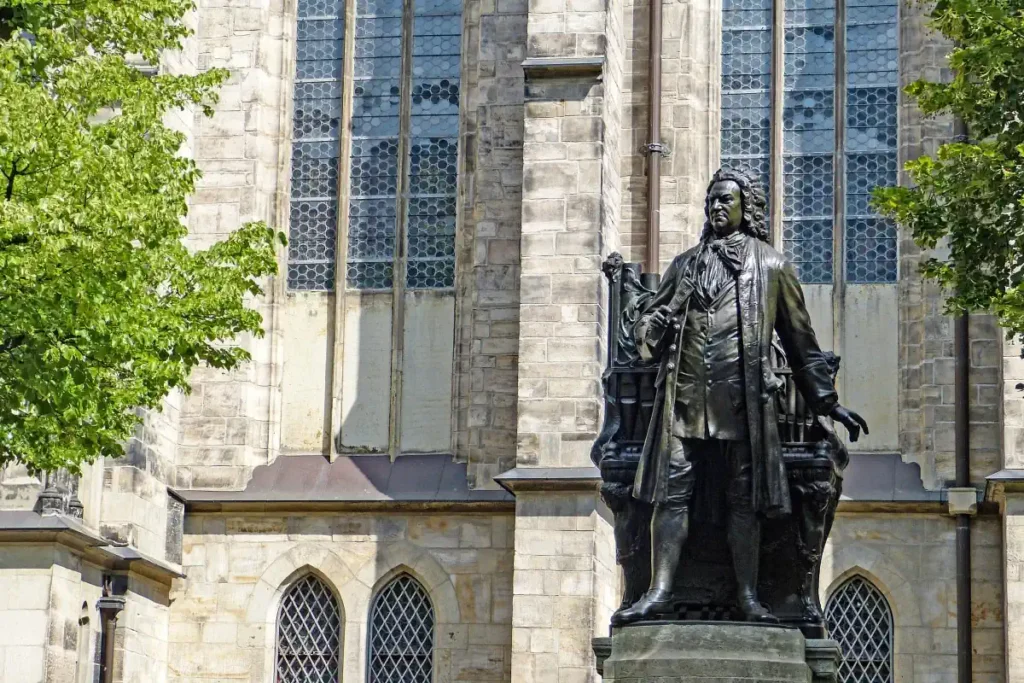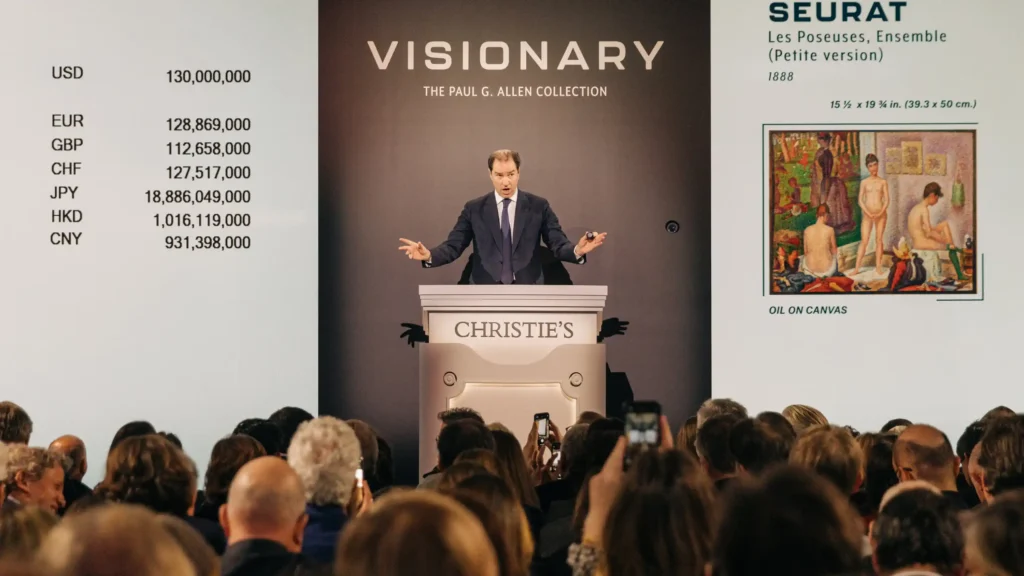“The highest goal of music is to connect one’s soul to their divine nature, not to entertain.”
-Pythagoras
The Aesthetic Roots of Western Beauty
People are often incapable of moving and acting with the proper relationship to opportunity. This makes initiative life‘s most sacred mineral. Asymmetric advantage is driven by initiative. Initiative is driven by character, courage and integrity, and often enough a superior nature. This superior nature is rooted in foresight. Foresight often accompanies a combination of high rank values and imagination, as well as a willingness to dedicate one’s life to things of that higher rank nature. This sense of dedication in turn is rooted in higher aesthetics and a metacognitive capacity to accommodate interlinked meaning.
Civilization is a product of initiative and creative will. Initiative and creative well are impelled by a deep sense of one’s own aesthetics. The structures around which people later organize themselves are the product of the original impulse of individuals to see their aesthetic and “Meta-meaning” visions come to life in the world. Individuals build them, what was built coalesces to become the superstructure for others and a kind of S curve of adoption. Original creators must rely on interior conviction because the left tail of the S curve has so little external adoption and takes so long. Like a caterpillar transforming itself into a moth or a man sculpting himself as an ongoing work of art, the transformation required to remain in this state of origination never ends.
Suffering and rupture is the way to remain a locomotive in the process of origination. This will to creative achievement is the same as the will for self-overcoming. And this is before one considers the context of the heroic creator and his aesthetics and mythos. Often what is called civilization or visions of past heroes are bound together, rehashed and hypothecated into hollowed-out derivatives of the original spirit in their creation. They are kitsch.

This also means that all civilization arises from novel aesthetics and accompanying heroic works. Not regressive replication. The current fad to revive classicism and “Rome” more broadly is a plagiarist movement. We cannot inhabit the original spirit and original aesthetics of those creators, which lived 2,500 years ago, and from the Earth of the bronze age fashioned certain ideals and values from their own contemporary, heroically-hewn aesthetics. These things represent regressions and subscriptions to a worldview we do not possess and which actually lack the truth value of our own age.
For most of this two-and-a-half millennia, Rome represented the state, the static nature of things which is overthrown by creative originality. Indeed, Rome is more truly anti-civilization. The West, unlike other civilizations, is the phenomenon which overthrows Rome. What is unique about the West is its rejection of Roman, Jupiter-style permanency and instantiation.
It is Jupiter who lacks an internal structure. It is Jupiter who is an absence aspiring to become a presence. It is Jupiter who is wooden, needing Man to become wooden himself so Jupiter can become a real boy. To do so he must render Man into an absence in his stead – an emptiness that attempts to transfer itself onto Man. Jupiter is a bizarre superstition which says, “if I transfer this emptiness onto you, I will be fulfilled. Then I will have become.”
Jupiter dons a cloak and walks about the marketplace, concealing himself among the mortals. “Tell me that I exist!” he cries. ”Tell me that I am the one to pull in Leviathan with a fishhook and tie down its tongue! Tell me that it is I who speaks unto you out of the storm and I who bound the chains of the Pleiades!” Half begging, half commanding, he says to Man, “You must tell me that I am because I cannot vouch for it myself.” Jupiter needs your testimony to re-create himself. That Rome was great, it was great because it was great in its own way. Mimicking Rome is the worshipping of status-quo ante. But to become great, our civilization must likewise become great in its own way. Not make like Job covering his head in shame and ashes because Yahweh has more violence than he.

The jealous thunderbolt-wielding sky codependent is nothing but full of envy at Man. He plays a gambit on Mankind: “You must love me. You must prove your love to me. I hand over my emptiness and the cannibalizing death within me. I will make you, Man, dead inside. And in return you will make me come to life.” A kind of cosmic usury and counterfeit where he plots to chisel away and plagiarize Man’s soul collateral, his technological power, foresight and creative courage, and rents it back to him at interest, with the promise of making Man acceptable to him. A deal which always somehow seems to fall apart when Jupiter runs out of soul collateral which must be refreshed again with Man’s originality and future-seeing.
Jupiter must be rendered existent only by our Stockholm Syndrome and complicit refusal to allow our aesthetic, creative power and brilliance to surge forth. But he can only exist because he is not like Man, and therefore we conjure him and genuflect before him as the metaphysical and omnipotent. Jupiter, the god of Rome, requires Man’s adoration in order to use Man as a prop for his own existence, his own plausibility as that which is both not Man and also an anthropomorphized grandiosity, betrayal and harm. Jupiter requires Man to both bring him to life and be the sacrifice to him in order to reify him.

The rehashing of classical aesthetics in place of our duty to build new aesthetics is an act of collusion within the sacrificial cult which uses our creative genius as supply. We plagiarize rather than invent to not offend Jupiter, sacrificing Man’s Promethean opportunity to a sky that will claims to save us but somehow never does. What Jupiter wishes for us, true inheritors of the West, is mortification: the primitive terror of self-dissolution, brought about by the exposure of one’s sense of a defective self and original sin… In other words, this plagiarism is the hope we can spare ourselves death by shame and embarrassment even if our culture is murdered.
Classism, Institutionalism and Plagiarism
There is a courtyard on the outskirts of Mexico City, magnolia trees lifting up above the second story windows. There is a ceramicist there, also classically trained guitarist, who has made a life-long mission of elevating the hearts of young people with the purely immediate, resonant beauty of music. And so in the early mornings from the woody, hand-hewn strings a Bach guitar suite spills through the tops of the trees as the birds sing.
One might be astonished, venturing into the psyche of that composer, as though we breathe in the scent which must have emanated from the psyche of his age. One might be astonished at their capacity to understand his weltanshauung which comes from his whole poetic vision for the future heart of Man. These works, by their nature glorify the heart of Man, transposing the listener into a state of greater nobility, civility, ideal and poise, even if the strings call for pathos or melancholy. The same was once true for classical and neoclassical architecture in their own way.
They become an assumed part of the environment, even if elegant columns of rare marble, and corbels and lintels, and the statues framed in the nichos on the brink of life all resonate together in careful proportion. And their scale, while nonetheless grand, can still be felt to be handmade from an age on the brink of leaving that psyche behind for the dark iron of the industrial age. After the amazement has worn away, they seem to say there is a quotidian quality which echoes with a sense of aristocratic governance and the paternalist art of institution-making. Understood in its day, cultivation and a freshly-inherited Age of Reason converge together to tame and civilize the rambling wilds of humanity’s dirty savagery. These were the highest acts, woven into the aspirational heart of their period. But these were the artifacts of their period, not ours.

They created through that lens, but not from those priors out of whole cloth. Our age, unlike theirs, now comes preloaded with their ideals as a predicate. And many other things in between also, which are alike or greater in astonishing power, and completely different in personality. You would not see Bach sacrifice his musicianship seeking to edify Gregorian chant. To hold up Classicism as so much more civilized than we are today, and forsake the distillation of the psyche of our own age into works of magnificence is merely plagiarism.
What is the weltanshauung of our age? We’ve cut ourselves adrift of it through modern Jupiter worship.
Our culture exists in a semi state of decomposition. Half of us believe authorship of our own cultural aliveness in the fashion of Bach, on down to the forming businesses and families, is forbidden and anti-orthodox. Half of us out of shriveled hearts pre-obey the ambient ideology to downgrade our intelligence, aspirations, creativity, values and morals for a tiny hostile clique.
Merely resetting to an age where classical values are valorized, a return to staid institutionalism, is an abdication. It is an acquiescence to these demands under the veneer of gentlemanly conduct, as though lovers of Classicism should be known by their erudite gentility while partnering with this clique to degrade the rest of us. One step more sophisticated than the Washington Generals, but only just.
The Song of the Age
What does our Bach sound like? How does our 95 Theses read? What is our Shahnameh? What resplendent form is cast by our Rodin?
Classicism is white noise disguised as art. It is muzak. It lacks the power to uplift because viewers instinctively see it as unoriginal. They instinctively understand it as the stuff approved of by graying geezers and the bloodless types who think of it as a marker of their personal socio-economics.
Classical forms do not emerge from the teaming reality of our age. Their rehashing only serves to generate higher-volume, low-cost output and is a nearly mathematical confession of aesthetic failure and decay. The collateralization and hypothecation of classical forms is not just a failure of worldview, it is a collusion with the financialization of a modern art market which is stripped bare of originality. It is an attempt to placate milquetoast conservatives while still not offending the enemies of the West who securitize artwork to offset their own inflationism.

The over-the-horizon and moving into the void is a feature of our age, of our own worldview and shared poetic vision. It is not bound to the fatalism of the past. But it is this way especially because it is original, not because of its defiance of the regressive – defiance is an incidental feature of originality. Ours is the age, as Nietzsche put it, for the remaking of values. Our age is animated by its own spirit of newness and creativity and not backward-looking references to a prior age masquerading as perennial.
In Bach, we can feel the same spirit originating from a poetic and world-disclosing vision. We recognize him these centuries later because we can see true his flowering sense for revealing the meta-truths of the world. Through his poiesis, his weltersheiBung, we instinctually sense his metaphysical understanding of the world coming to life, which is why we are so moved. Today, a rehashing of those same sensitivities is not only impossible, to do so would be an attempt to obscure their poetic origin by reducing his work to a resource which can be exploited.
An enframing of classicism as the defining vessel of high culture or “the West” today is no less materialistic. It is an act of re-collateralization and re-hypothecation, not an act of originary aesthetics. It is this ethos, or rather lack of ethos, which has subjected all forms of cultural as well as financial and technological capital to an endless regression of re-hypothecation by which our civilization has stagnated for two generations. Anemic profitability and capital degradation, and an emphasis on globalization and flattening of technological access through theft has reduced the global quotient of originality which for many centuries has been the defining feature of the West.
Our technological as well as architectural and artistic practices are grounded in a primordial or ontologically-prior poetic and metaphysical understanding of the world. They are always shaped by imagination and meaning-making, even in the hard sciences. Architecture and sculpture and music, like technology, reveal or conceal the world through poetic and cultural presuppositions. But essentially, our own world of the now with our own sense making, own poiesis, our own rootedness, is what great artistry must embody.

We regress to classicism because the novelty of the Industrial Age has made us so uneasy. And perhaps also because its destructive power was thus far unique in history. This is especially so in the architectural movements of the last century, which often seem to exist only denigrate those prior achievements. Many instances of modernism are efforts to latch onto the redeeming ideals of classicism and merely invert them to a negative valance. But they are nonetheless regressive. If they are not the artifacts of cultural liquidation through ressentiment, they are adjacent conspirators.
We do not avenge the grand Western achievement of classical and neoclassical beauty by re-instantiating it. We avenge it instead by following in the footsteps of the originalism which first fashioned it. This requires us to dig more deeply into the primordial inspirations which called them into being as well as cast new aesthetic imagination and meaning-making from our own unique weltershleiBung world-disclosure.

We are at the brink of a new age where a deluge of our “bringing-forth” will loose from the dams of the old, graying, ossified order a profusion of creative integrity and joy. This is truly an unimaginable time to be alive! By reifying Jupiter’s classical forms, we only cheaply, unnecessarily forfeit, squander and betray our precious moment.
Man. Also. Rises.
